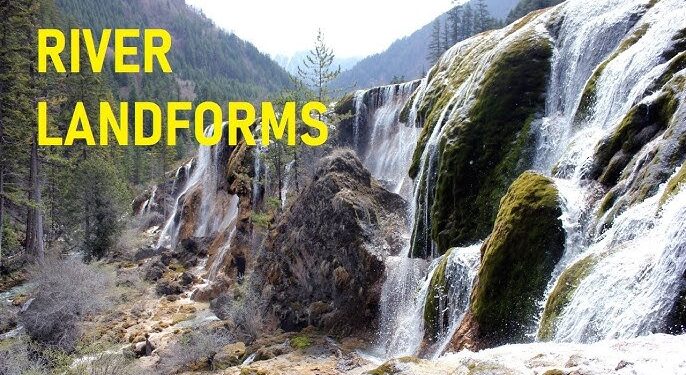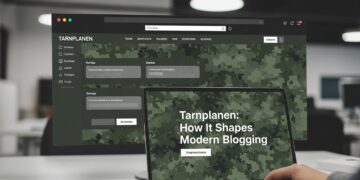Understanding how water shapes the surface of the Earth is central to earth science. Rivers, streams, and rainfall constantly interact with soil and rock, carving valleys, creating floodplains, and transporting sediment downstream. For students, researchers, and curious learners, replicating these processes in a classroom or controlled setting provides insight into both natural beauty and the power of erosion. One way educators bring this concept alive is through hands-on modeling with a stream table, a simple yet powerful tool for demonstrating real-world geologic dynamics.
In this article, we’ll explore how water influences landscapes, why modeling helps us understand these changes, and how classroom activities can make these concepts tangible.
The Role of Water in Shaping the Earth
Water is one of the most transformative forces acting on our planet. Even small trickles over time can cut through rock and soil, creating landforms that endure for centuries.
Weathering vs. Erosion
Weathering breaks down rock into smaller pieces, while erosion transports that material away. Though they often occur together, distinguishing the two helps students see how rivers reshape entire environments.
The Power of Flow
The velocity and volume of water determine how much sediment it can carry. Faster water tends to move larger particles, while slower water allows sediment to settle and form deltas or sandbars.
Real-World Examples
- The Grand Canyon, carved by the Colorado River.
- Coastal cliffs in England shaped by continuous waves.
- River deltas like the Nile, which provide fertile soil.
Each of these examples demonstrates the same principles observable in miniature through classroom models.
Using Models to Understand Natural Processes
Textbooks can only go so far in teaching about earth systems. Interactive activities provide visual proof of how theory translates into reality.
Why Modeling Works
Students retain more information when they see processes unfold. Watching soil move in response to water flow deepens comprehension in a way static images cannot.
The Value in Education
- Encourages critical thinking
- Bridges the gap between abstract concepts and real experiences
- Allows safe experimentation with natural processes
Example Classroom Activity
In a guided experiment, students can alter slope, water flow, or barriers within a model to observe how outcomes change. These experiments simulate how human development—such as dam construction or deforestation—impacts river behavior.
Erosion, Deposition, and Human Impact
Natural erosion is a slow, constant process, but human activity often accelerates it.
Agricultural Influence
Farming practices that disturb soil without adequate erosion control measures can lead to nutrient loss and sediment buildup in rivers.
Urban Development
When natural vegetation is removed for roads or buildings, rainwater runs off faster, carrying more sediment into waterways.
Climate and Flooding
Extreme weather events, increasingly frequent with climate change, create stronger currents that strip soil and reshape landforms.
Mitigation Strategies
- Planting cover crops to reduce soil loss
- Designing stormwater systems to slow runoff
- Restoring wetlands to act as natural filters
These strategies connect back to classroom models, where students can test how adding vegetation or barriers changes erosion outcomes.
Hands-On Exploration with Stream Models
Simulated landscapes allow learners to experiment, fail, and discover. A classroom model doesn’t just teach science—it builds curiosity.
How Stream Models Work
A stream table typically includes a shallow tray filled with sand or soil and an adjustable water source. By tilting the tray and controlling water flow, students can observe erosion, transportation, and deposition in real time.
Common Experiments
- Slope Variation – Comparing how steep versus shallow angles affect flow speed.
- Obstruction Placement – Adding rocks or barriers to see how water paths change.
- Sediment Size – Testing different soil or sand types to observe erosion rates.
Benefits for Students
- Reinforces scientific inquiry and experimentation.
- Builds teamwork when students design tests together.
- Provides immediate visual feedback.
Additional Learning Extensions
Beyond stream modeling, educators can expand lessons by connecting water processes to other areas of study.
Connecting to Ecology
Understanding how rivers transport nutrients reveals why floodplains often support rich biodiversity.
Linking to History
Civilizations like Mesopotamia and Egypt flourished near rivers, showing the importance of waterways to human development.
Engineering Applications
Modern infrastructure like levees, dams, and canals are rooted in understanding how water behaves.
Lists for Enrichment
Everyday Examples of Erosion
- Cracks in sidewalks from water expansion and contraction
- Beaches losing sand during storms
- Soil washing off unpaved driveways after rain
Careers That Rely on Understanding Erosion
- Civil engineers
- Hydrologists
- Environmental scientists
- Urban planners
Simple At-Home Water Activities for Kids
- Build a mini river in a sandbox
- Use a watering can to test soil absorption
- Create a paper model of a watershed
Conclusion
Water is both a life-giving resource and a relentless force of change. By studying how streams carve landscapes and transport sediment, we gain insight into Earth’s past and future. Bringing these lessons into classrooms with interactive models helps students move beyond memorization and toward deeper understanding. Whether through observation of natural examples or experiments with a stream table, learners develop the tools to appreciate and protect the environments around them.







